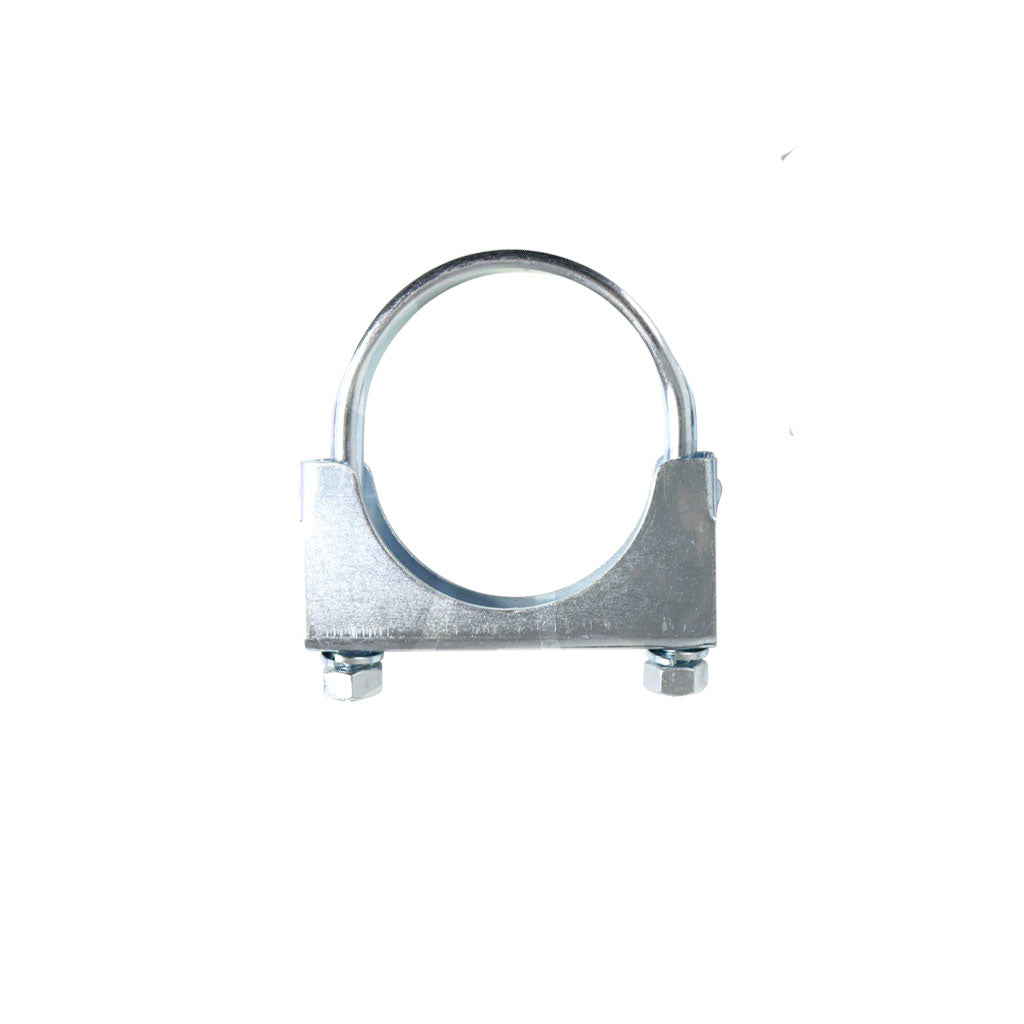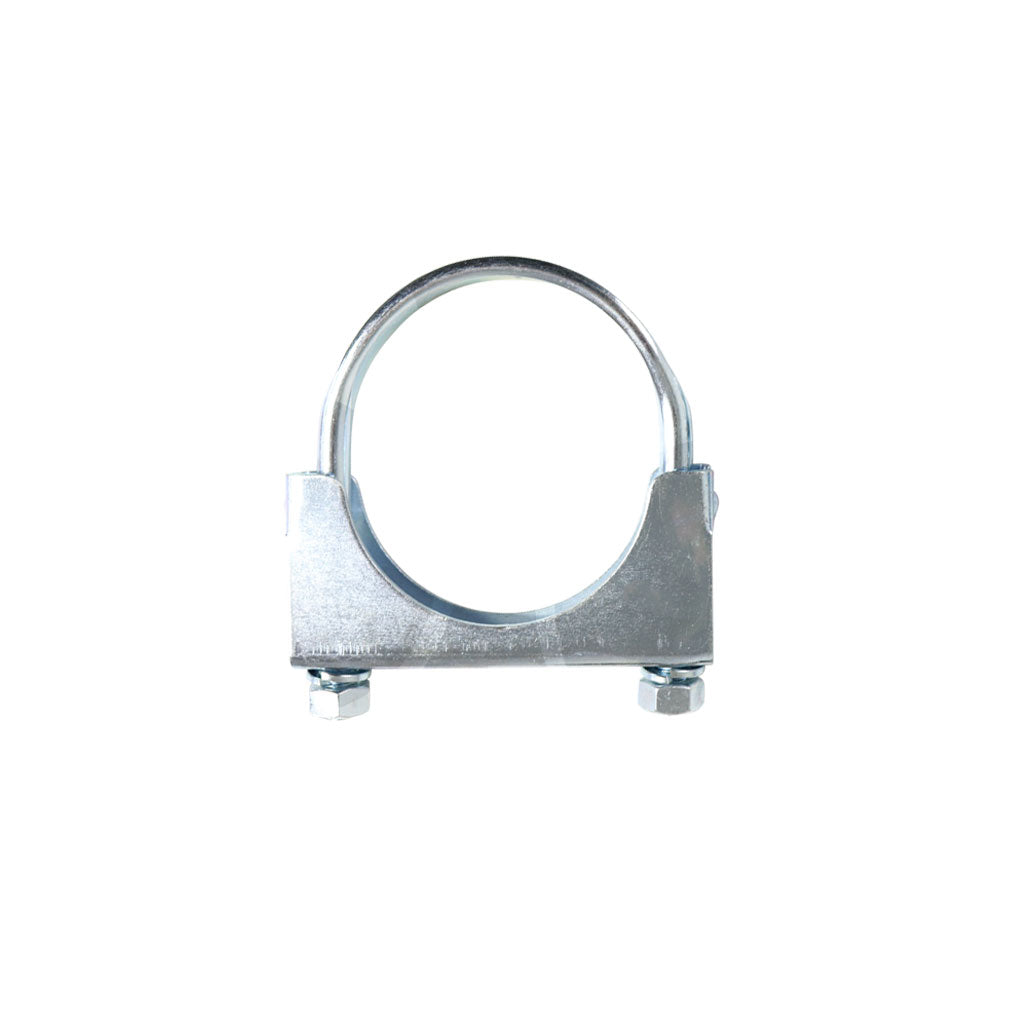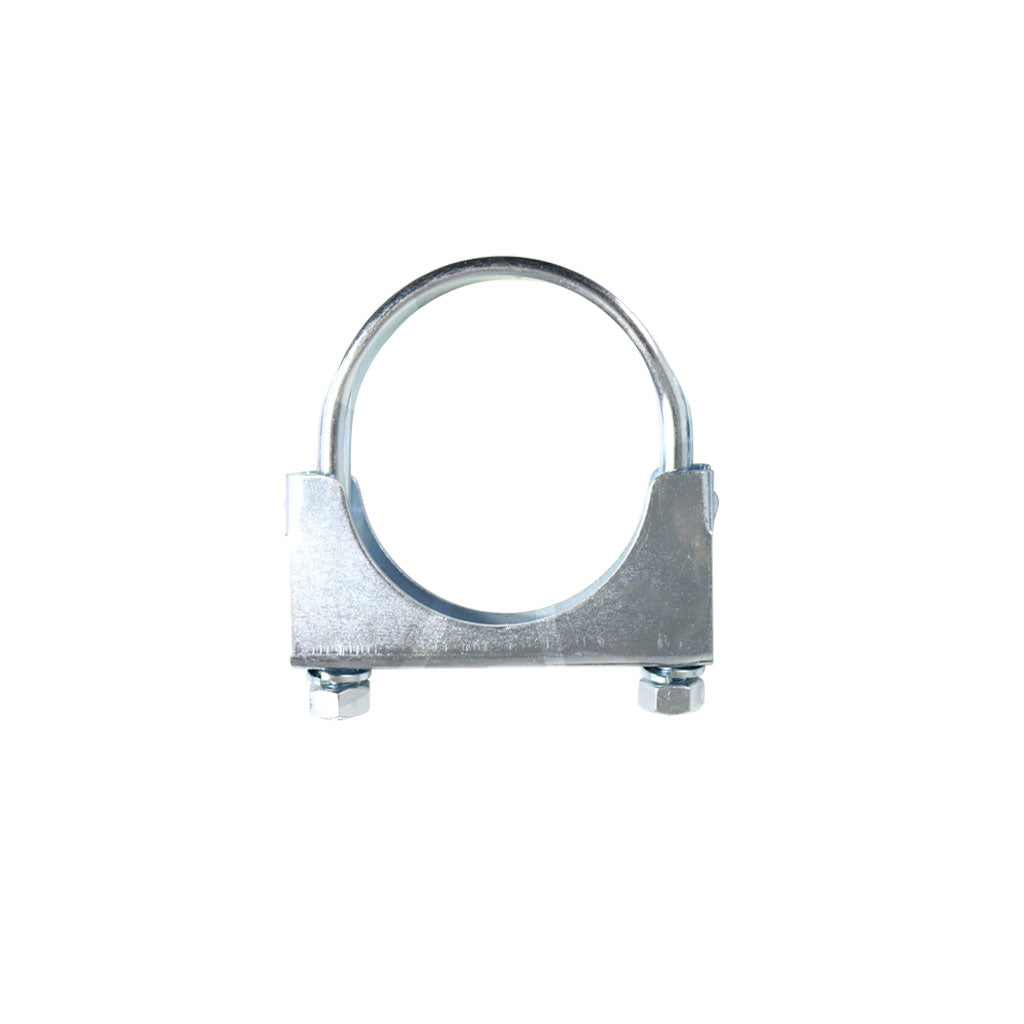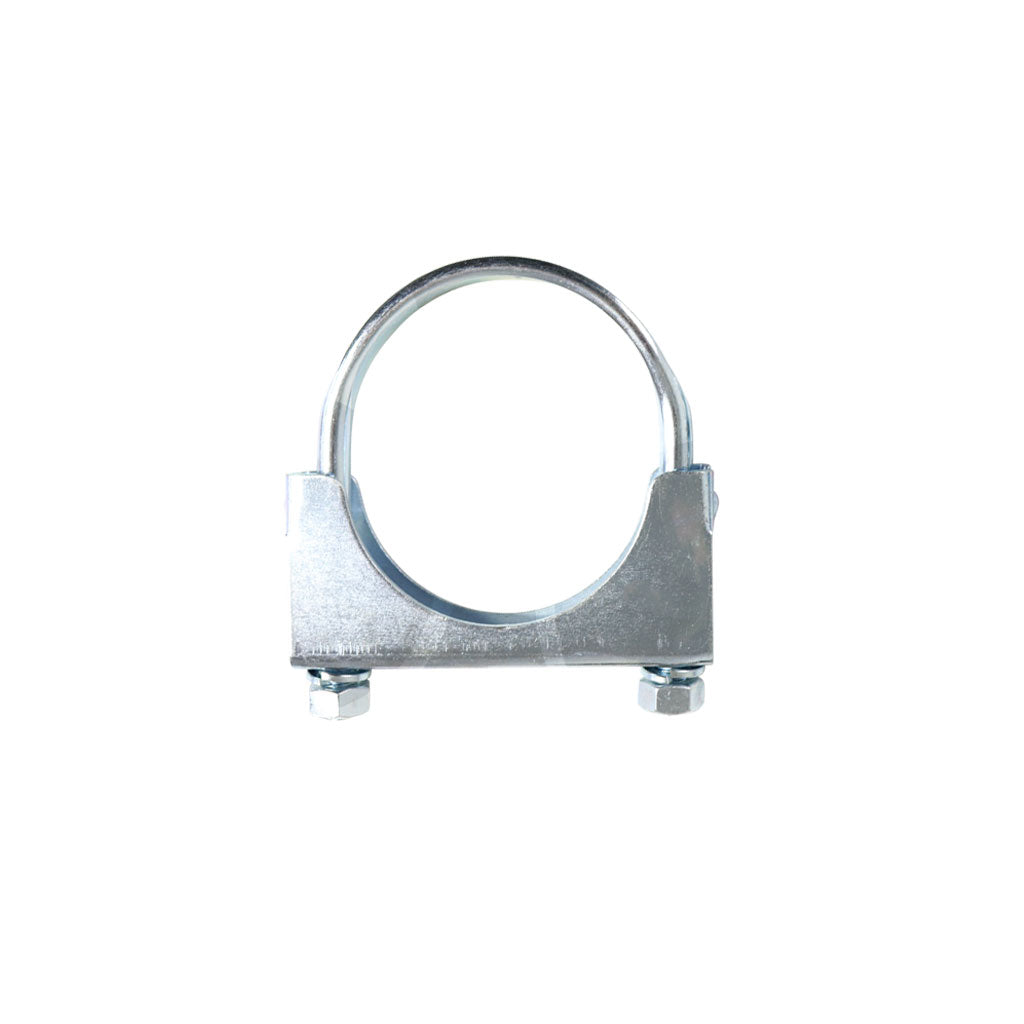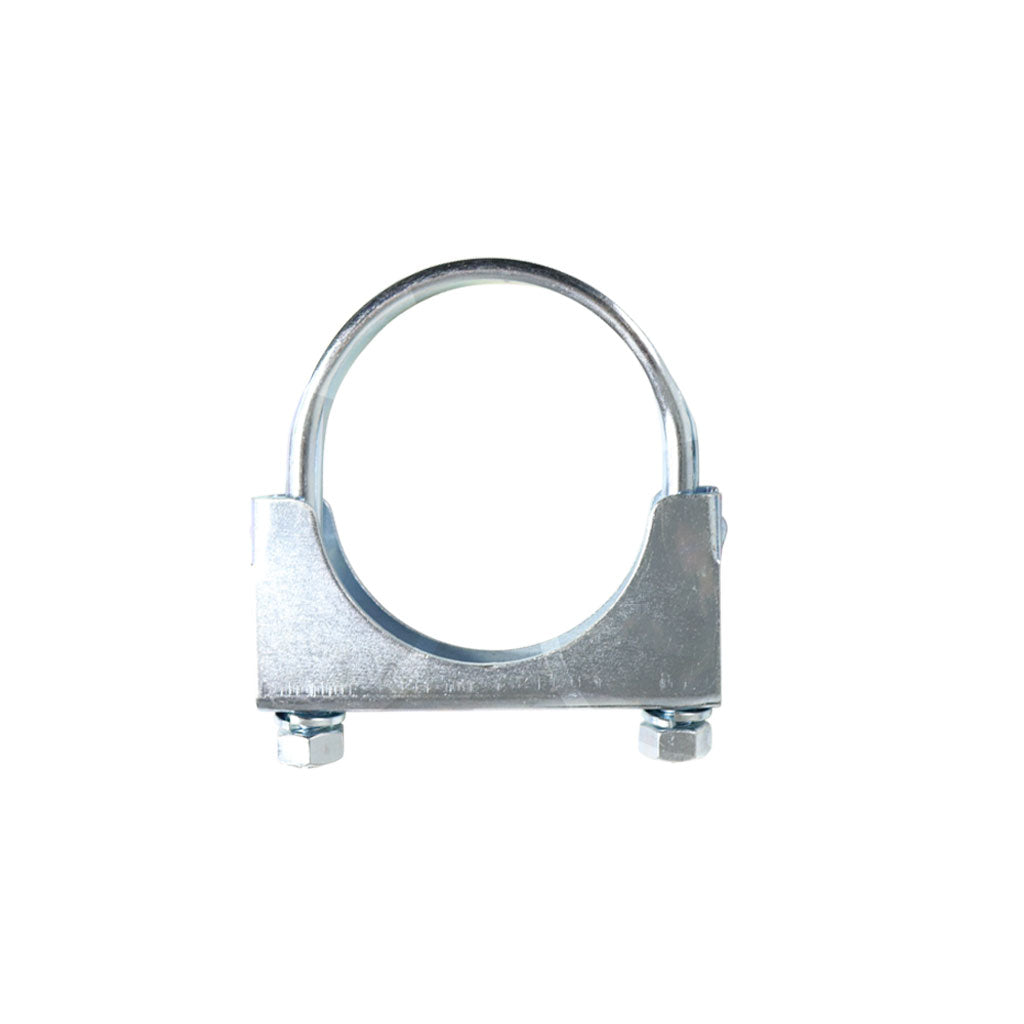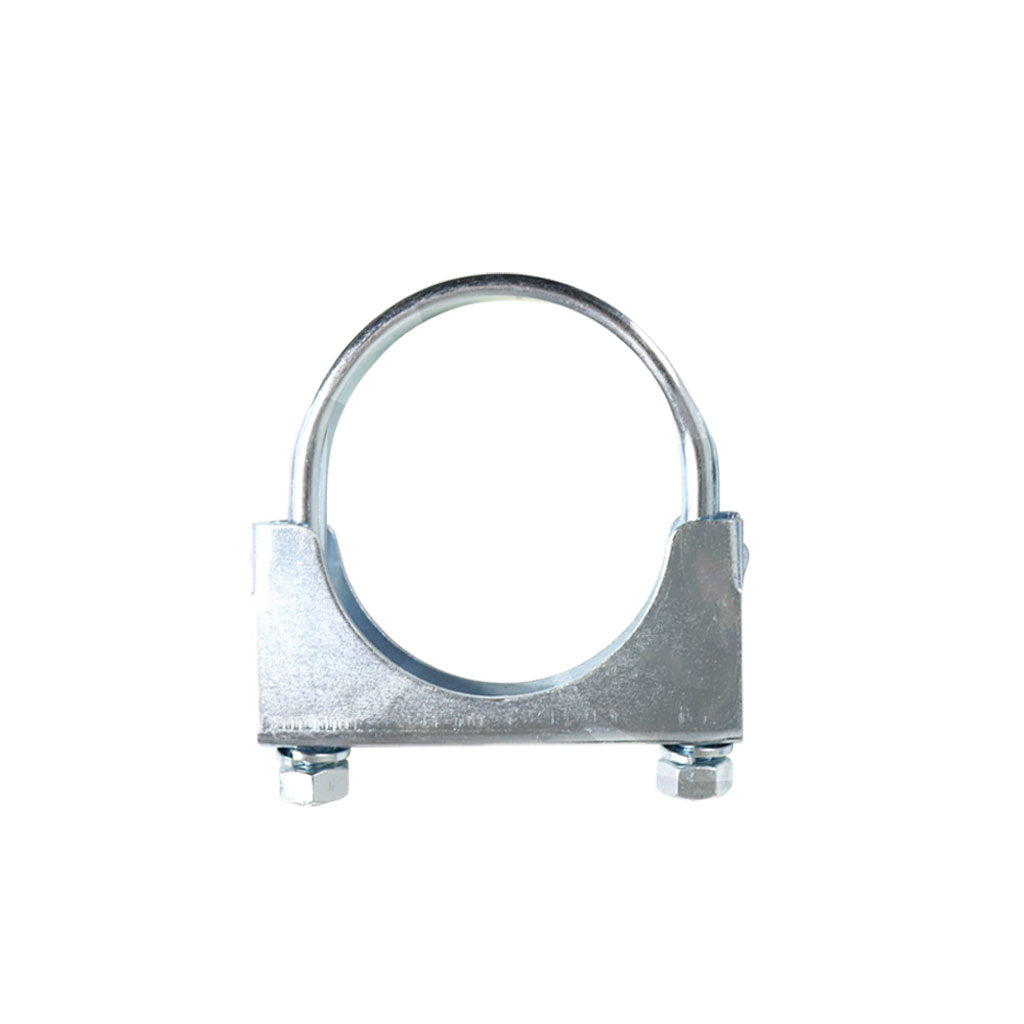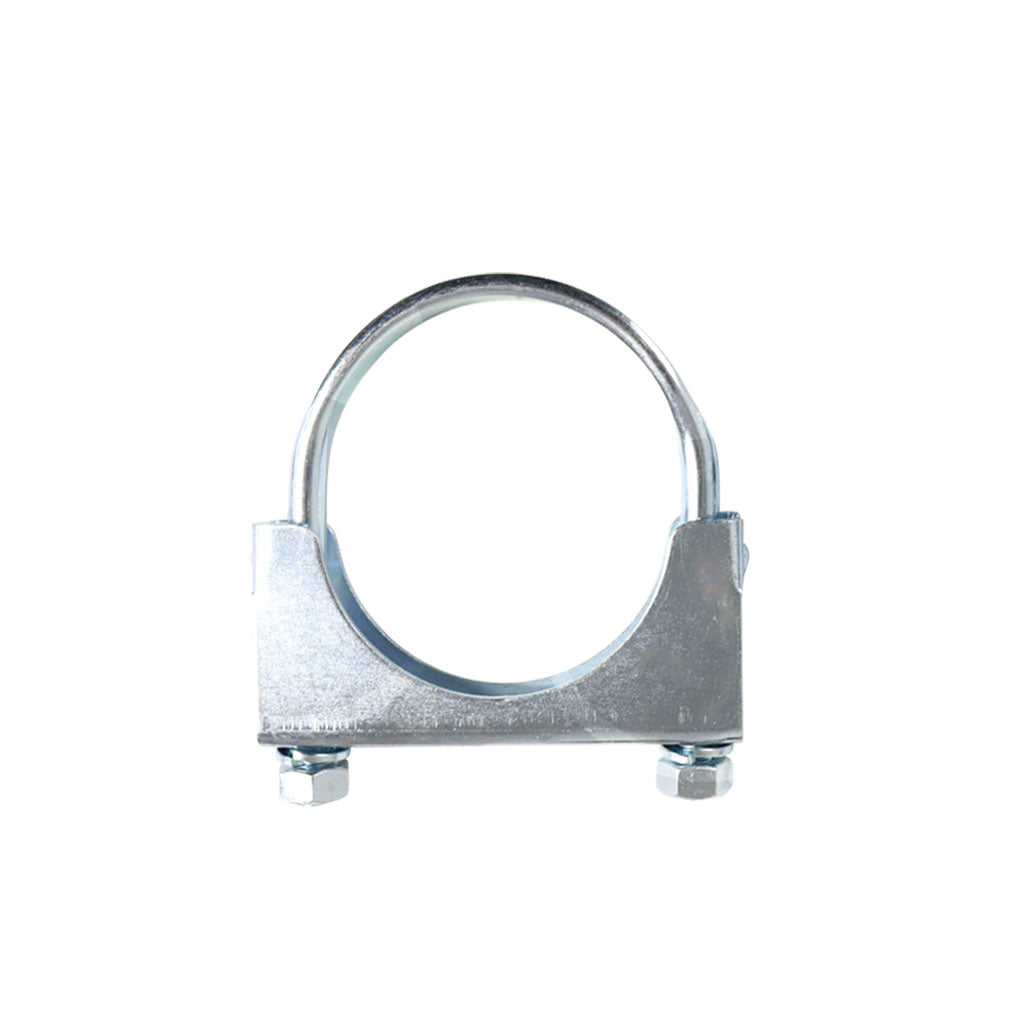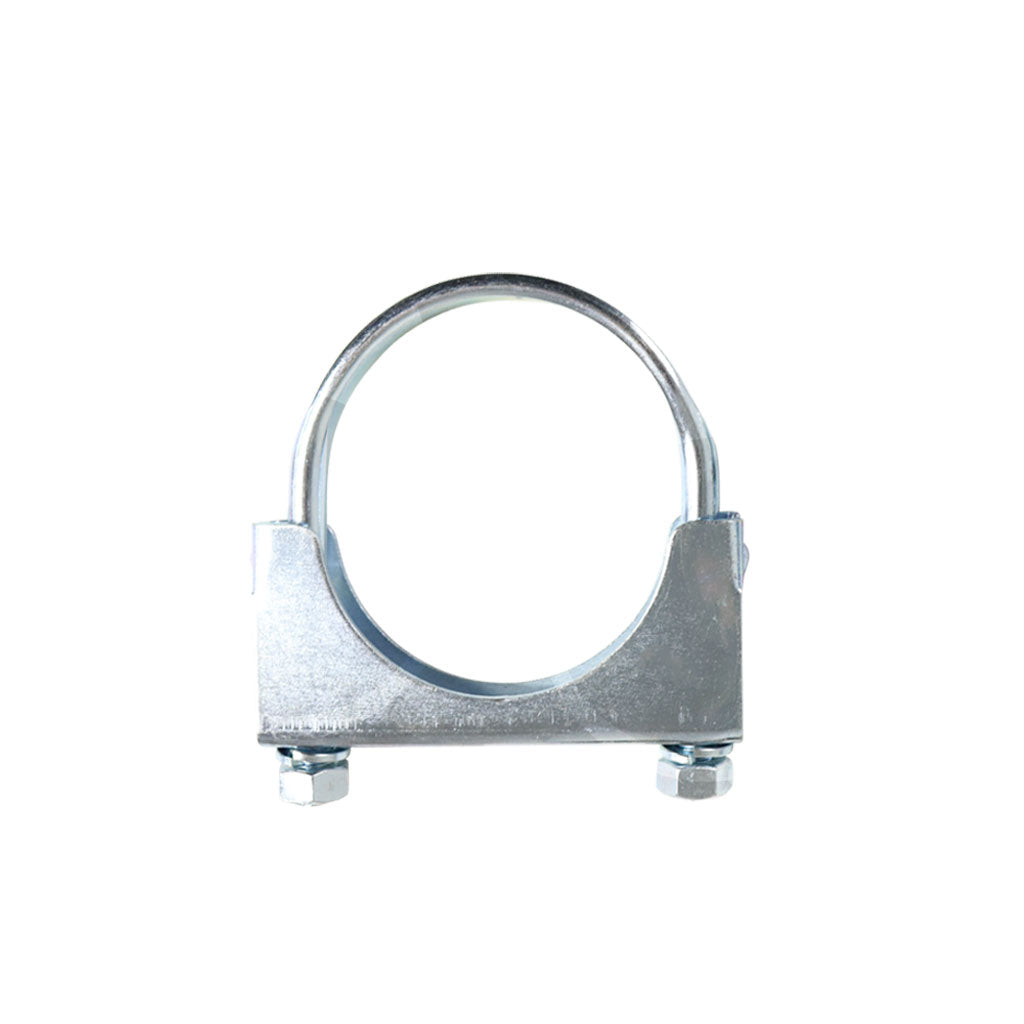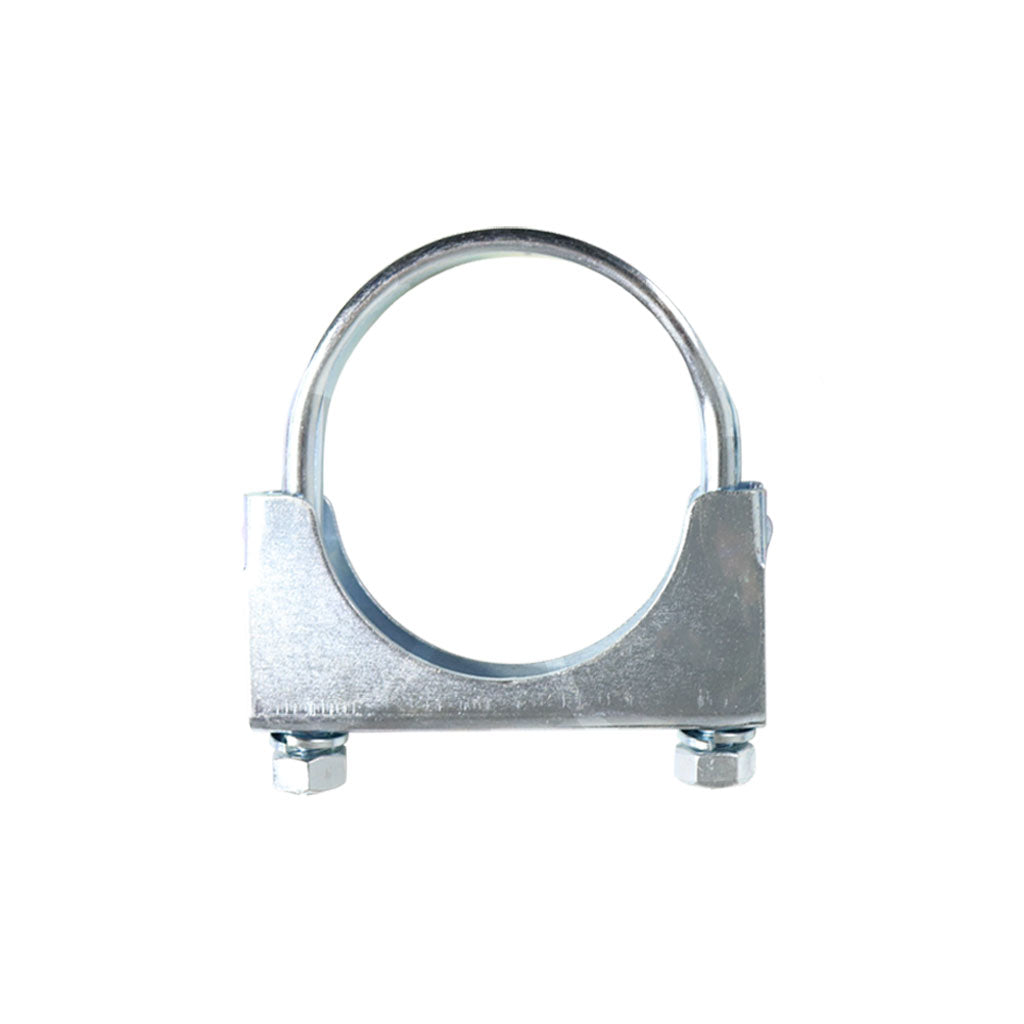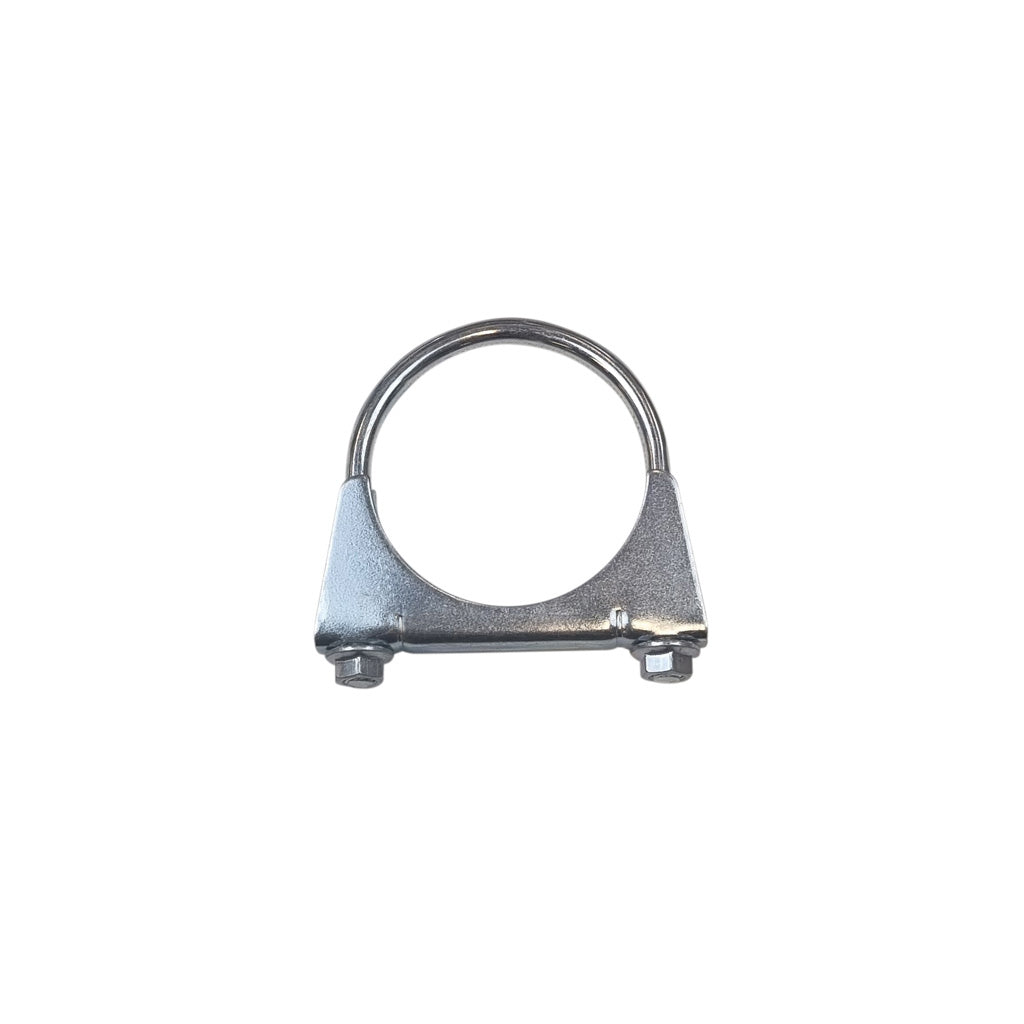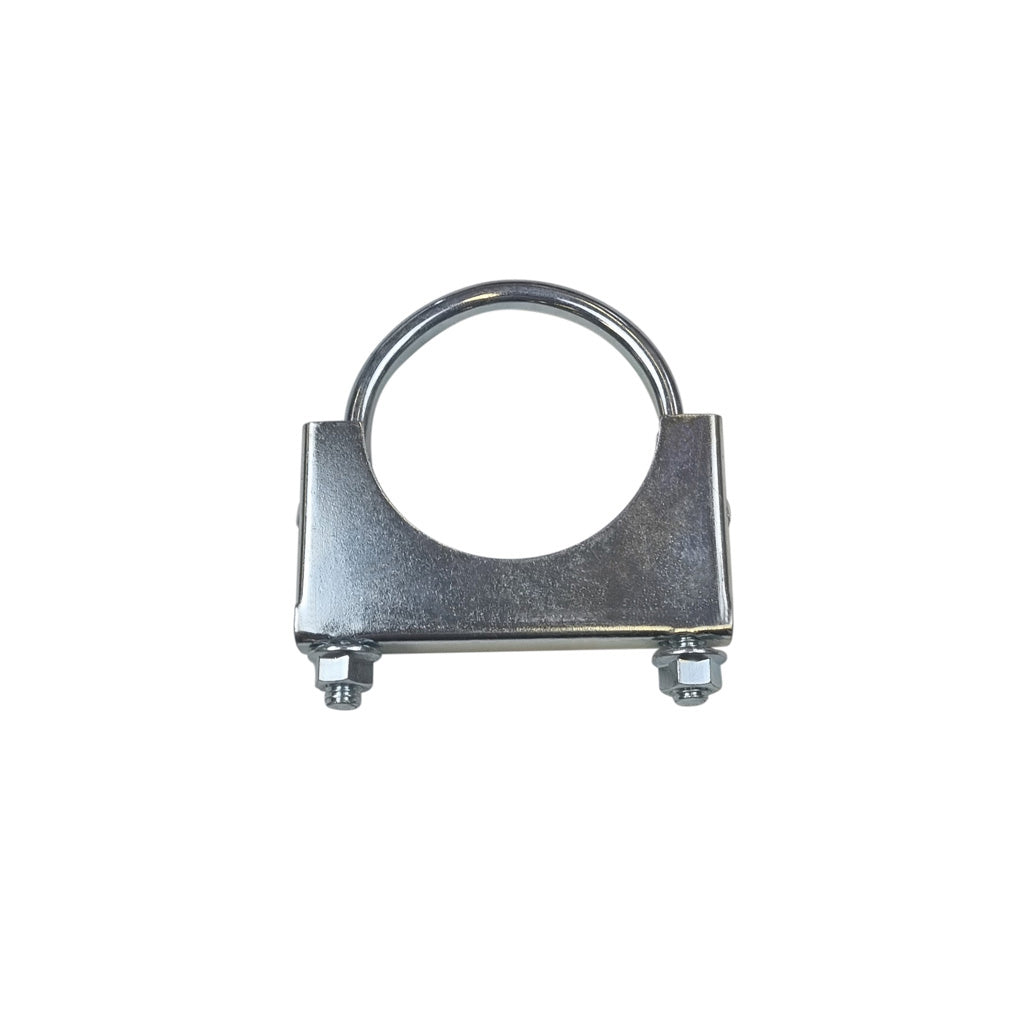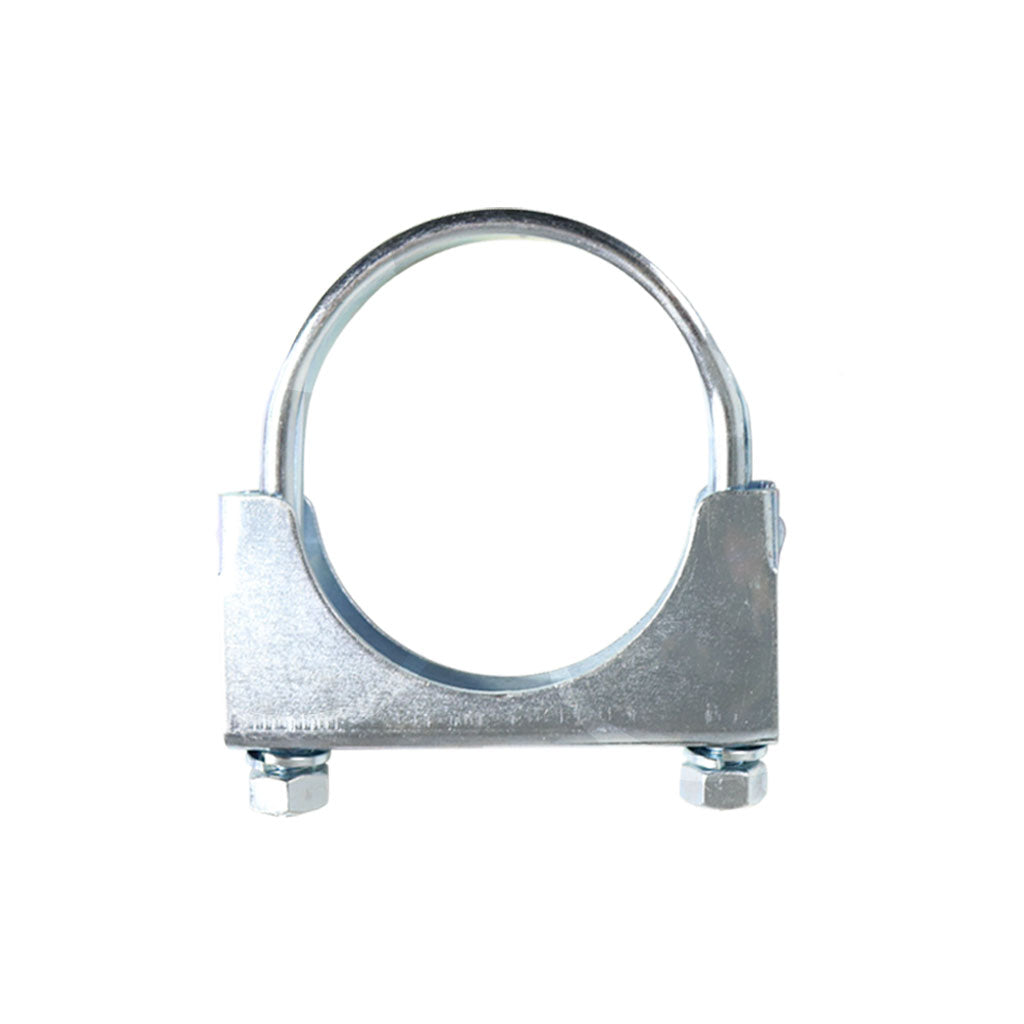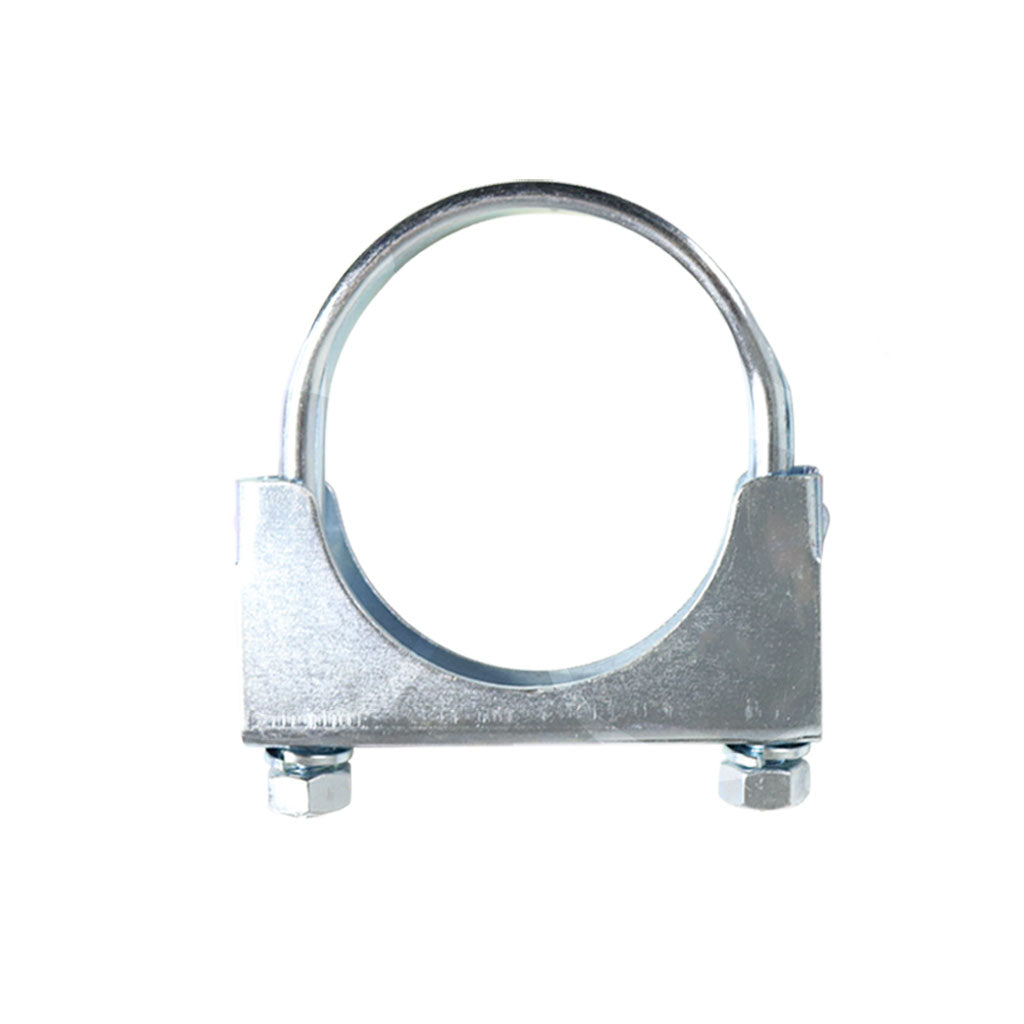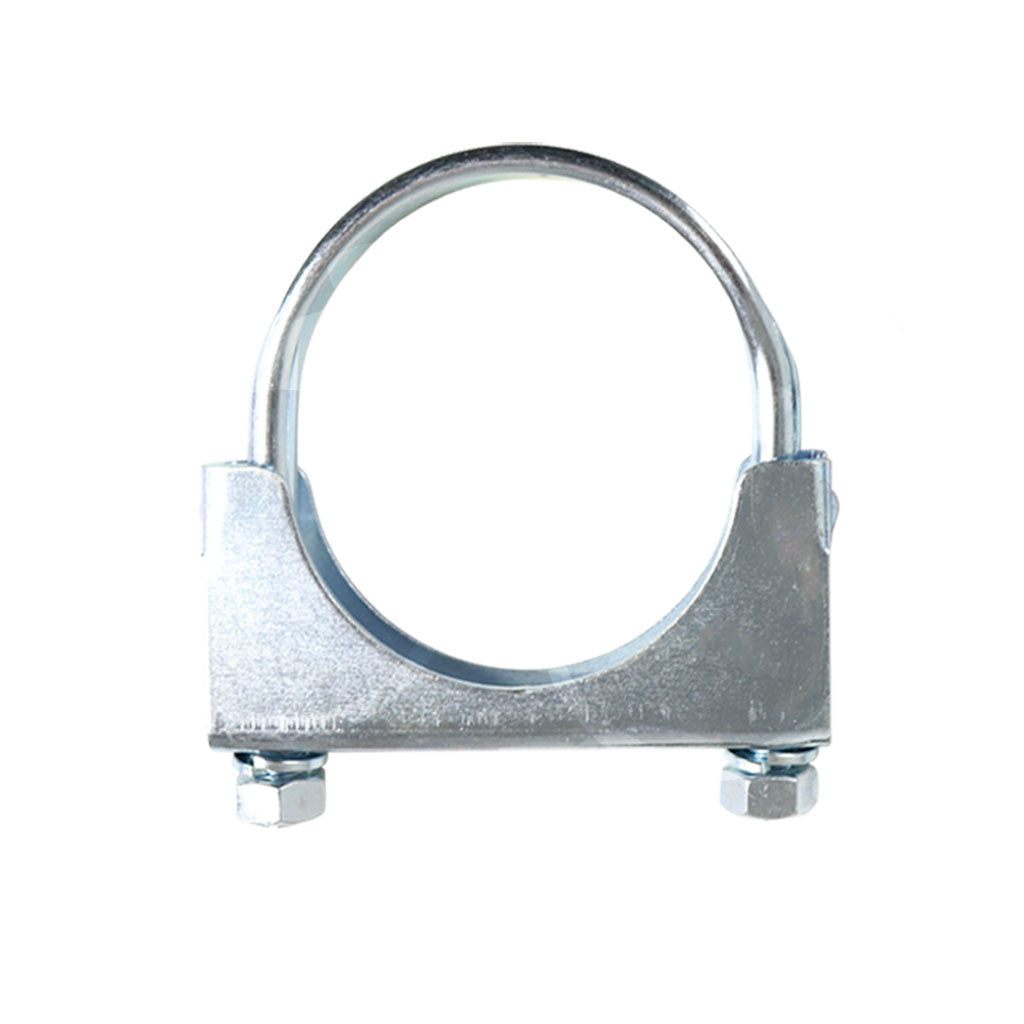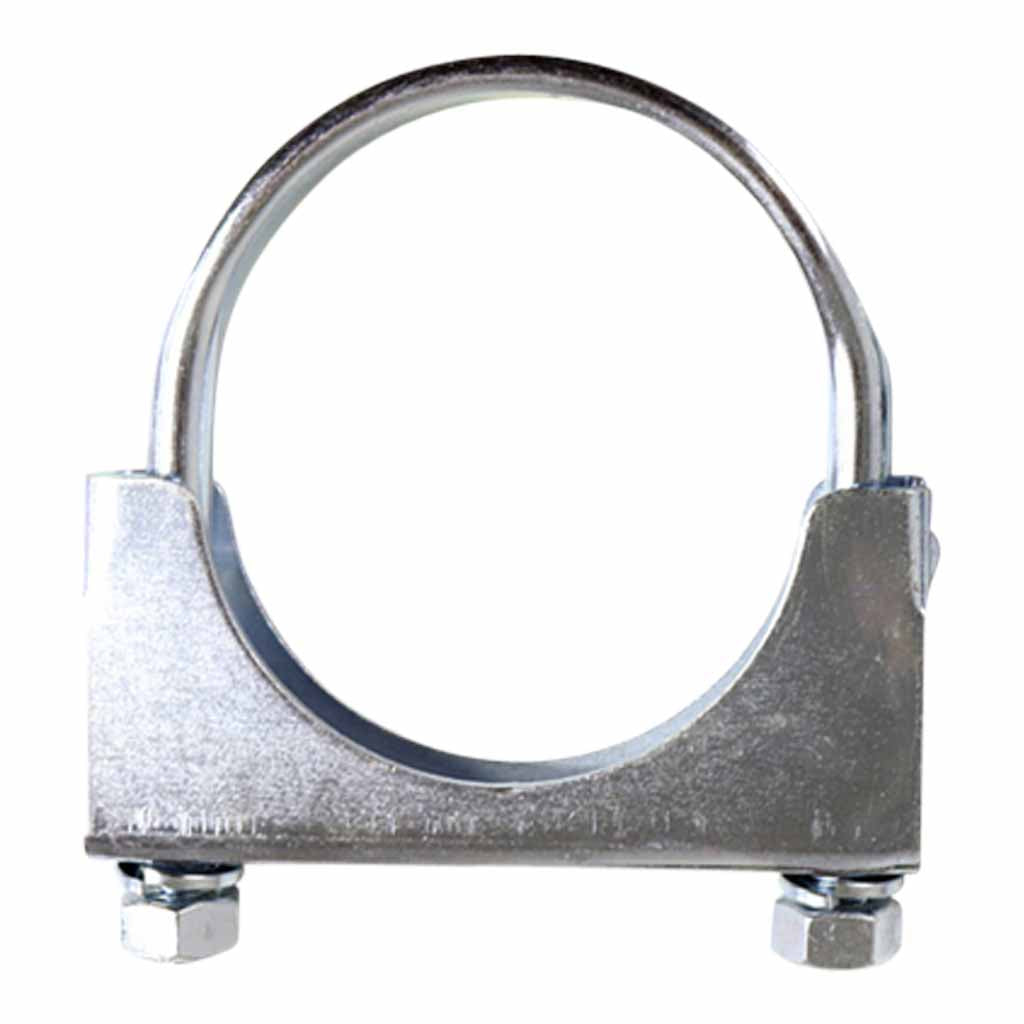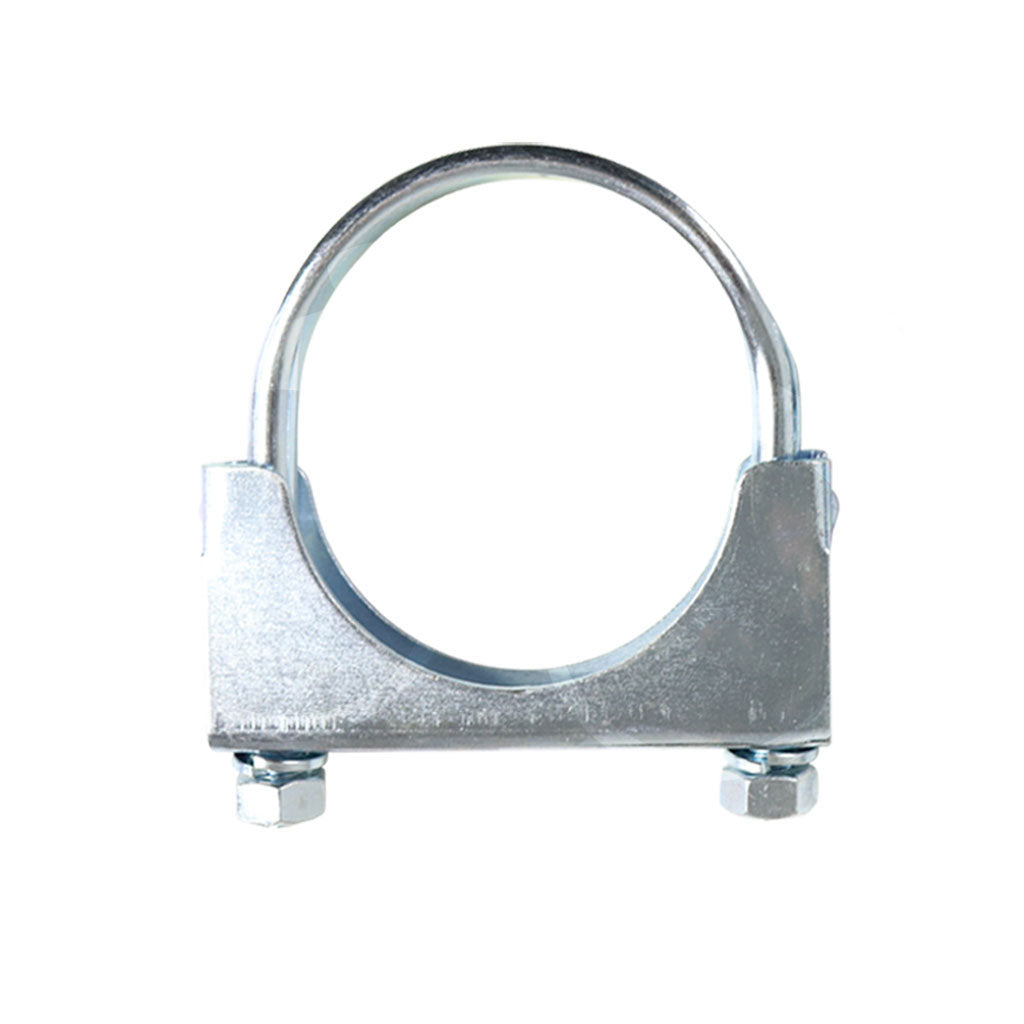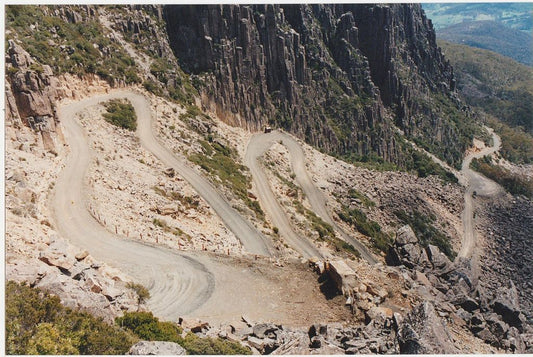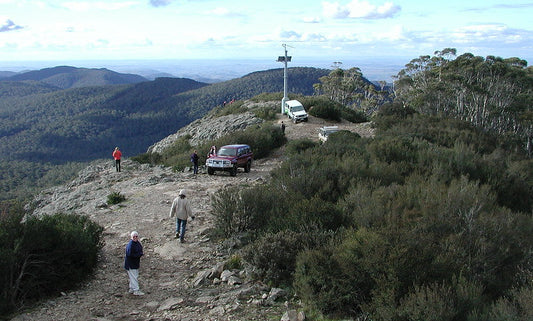Whether you’re carving up the track or on the daily commute from the 9 ‘til 5, we owe a silent debt of gratitude to an integral piece of our vehicle's machinery every time we hit the road. Its unassuming presence plays a critical role in not only protecting our environment from harmful pollution, but also the health of everyone in our community.
Have you ever wondered, "What is a catalytic converter?"
If you haven't, now is the time.
In this article, our specialists at DEA Performance break down the intricate features and processes of catalytic converters, how they reduce vehicle exhaust emissions, and why they are essential elements of custom setups.
What is the Purpose of a Catalytic Converter?
Most vehicles on the road today will have them, but many owners still ask, "What is the purpose of a catalytic converter?"
Well, this question can be answered in two words: Emission Control.
It is law within Australia and countless other countries for catalytic converters to be installed within the exhaust system of any vehicle to remain under the maximum noxious emission standards outlined in the 1970s. Through innovative approaches during the use of the vehicle, the device transforms harmful gases produced during combustion into safer alternatives, such as:
- Nitrogen Oxides (NOx) into Nitrogen (N2) and Oxygen (O2)
- Carbon Monoxide (CO) into Carbon Dioxide (CO2)
- Unburnt Hydrocarbons (HC) into Carbon Dioxide (CO2) and Water (H2O)
As the world continues to grapple with the issue of pollution and global warming, vehicle exhaust emissions are often stated as a significant contributor to these problems. The catalytic converter not only reduces these harmful substances, but can also improve the performance of your engine. For this reason, many enthusiasts regularly look for high-performance, aftermarket catalytic converters for sale to introduce into their custom exhausts.
Inside a Catalytic Converter: A Detailed Look at How This Device Reduces Vehicle Exhaust Emissions
The catalytic converter is an engineering marvel. Here's a peek inside this device:
- The Catalyst: The main component of the converter is the catalyst, made up of precious metals like platinum, palladium, and rhodium. These metals expedite chemical reactions, transforming the harmful gases into less harmful ones.
- The Reducer Stage: In the first stage of the catalytic converter, harmful Nitrogen Oxides are decomposed into Nitrogen and Oxygen. The catalyst will trigger this process, reducing these harmful gases into more benign ones.
- The Oxidiser Stage: This stage tackles Carbon Monoxide and Hydrocarbons. The catalyst causes these harmful gases to react with the Oxygen in the exhaust gas, cleverly converting them into Carbon Dioxide and Water.
The Science Behind the Conversion Process in a Catalytic Converter
A catalytic converter is not just a physical device, but a host to a plethora of chemical reactions. Each reaction works harmoniously to reduce the harmful vehicle exhaust emissions described above.
The Reducer Stage
In the reducer stage, Nitrogen Oxides are stripped down to Nitrogen and Oxygen. The catalyst, a combination of platinum and rhodium, promotes the breaking down of Nitrogen Oxides (NO and NO2) into Nitrogen (N2) and Oxygen (O2) – two primary components of our atmosphere.
The Oxidiser Stage
In the oxidiser stage, Carbon Monoxide (CO) and Hydrocarbons (HC) chemically combine with oxygen in a process known as ‘oxidisation’. The platinum and palladium in the catalyst stimulate this process, successfully oxidising the Carbon Monoxide to Carbon Dioxide and Hydrocarbons to Water and Carbon Dioxide.
Now, this isn’t a perfect solution, as Carbon Dioxide (CO2) is still a greenhouse gas, but it is less harmful than Carbon Monoxide (CO) and Nitrogen Oxides (NOx). The catalytic converter, thus, acts as a filter, converting highly harmful emissions into lesser evils.
Performance Upgrades with Aftermarket Catalytic Converters for Sale
Investing in an aftermarket catalytic converter from a reputable manufacturer like DEA Performance Exhausts can significantly improve your vehicle's performance in a number of areas, including:
- Enhanced Exhaust Flow: Aftermarket catalytic converters often feature a more streamlined design, enabling a smoother and faster exhaust flow. Drivers will instantly notice a reduction in backpressure, leading to increased engine efficiency and power.
- Heat Reduction: High-quality aftermarket catalytic converters are designed to handle high temperatures, reducing heat production and ensuring optimal engine performance.
- Fuel Efficiency: By facilitating a more efficient exhaust system, aftermarket catalytic converters can improve fuel efficiency, offering potential savings in fuel costs over time.
- Customisation: Aftermarket catalytic converters can be tailored to specific vehicle models and performance requirements, allowing for more performance-focused, custom exhausts.
Custom Exhausts and Catalytic Converters by DEA Performance
At DEA Performance, we specialise in custom exhaust systems that embody the perfect marriage of performance and responsibility. As part of our selection, we have industry-leading, aftermarket catalytic converts for sale at affordable prices for everyone in Australia.
We have designs for many makes and models, each meticulously crafted to align with our commitment to quality and environmental stewardship. Browse our selection online or contact us today for more information.
